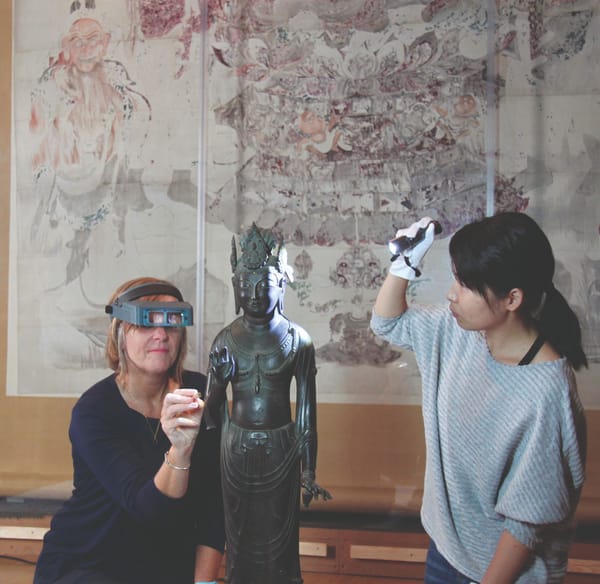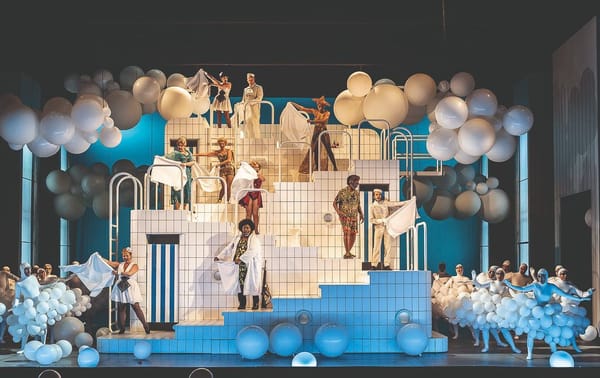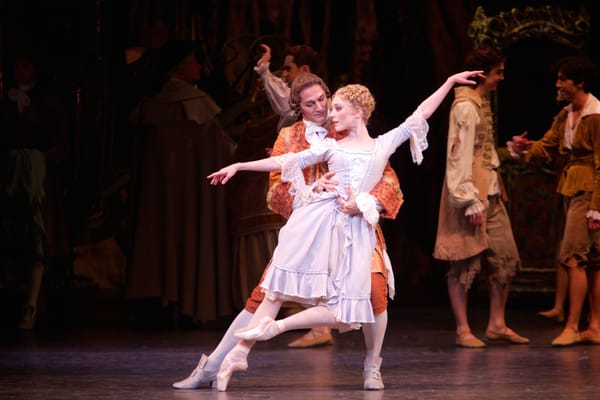Love and Loss, Music and Mourning
A modern look at an old-time favourite with allegorical hints

4.5 stars
This Autumn, the English National Opera is presenting an “Orpheus” series with four operas from different historical periods that retell the myth. The first of these comes from the mid-eighteenth century: ‘Orfeo ed Euridice’, by Gluck. It is of particular importance in the history of music as it marks the turn to a simpler aesthetic, focused on expressively conveying the plot, that mediated the transition from baroque to classical operas.
Orpheus, played by Alice Coote, mourns the death of his wife Eurydice, portrayed by Sarah Tynan, and decides to retrieve her from the Underworld. Coote’s sore throat in the opening night didn’t spoil her enraged lamentations, punctuated by a greek tragedy style chorus. In the Underworld, a psychedelic swirl of strobe lights and colour, Orpheus charms the gods with his music and is allowed to bring Eurydice back, under the condition that he shouldn’t look or talk to her before returning to the realm of the living. Tempted by his wife’s protests against his silence, he breaks this promise and loses Eurydice for a second time. This is an intense scene that brings out both singers’ acting abilities, especially because they are completely alone on stage for a long time. Then Gluck’s version differs from the traditional tragedy as Love, through the voice of Soraya Mafi, restores Eurydice’s life as a reward for the couple’s true love and they reunite in a delicate dance.
Spotless musical performance by the orchestra, conducted by Harry Bicket, accompanies the whole performance. It advances the progression of the story but also provides moments of rest and references to past and future events. Unfortunately, ENO’s policy of singing only in English, to enhance emotional connection with the audience, although admirable, fails to pay absolute justice to the original Italian work. The poetic translation respects the metric of the music but the musicality of the original text is lost. It is really disappointing for an aficionado to hear “What is life without you near me” instead of “Che farò senza Euridice” (What will I do without Eurydice). It doesn’t mean quite the same!
The production is directed by choreographer Wayne McGregor, which results in an organic fusion of music and dance. In fact, fourteen dancers join the three lead singers on stage, adding movement and shape to an otherwise clean set. A highlight of the show is the clever way in which light and shadows are exploited in conjunction with the dancers’ bodies, projecting entrancing living pictures on the walls. The dance numbers are well constructed, lively and of sublime beauty, well articulated with the composer’s principles of simplicity and expressivity.
Expressivity really is at the core of this opera. Subtle elements direct the audience to new, nuanced readings of the story, in line with modern interpretations of the myth. The cyclic structure of this production, present in the costumes and sets, the palette of dance movements and a surprising final scene - hints at this being an allegory for the process of grieving. After all, is this journey just happening in Orpheus’ mind? And would that make it any less real?









